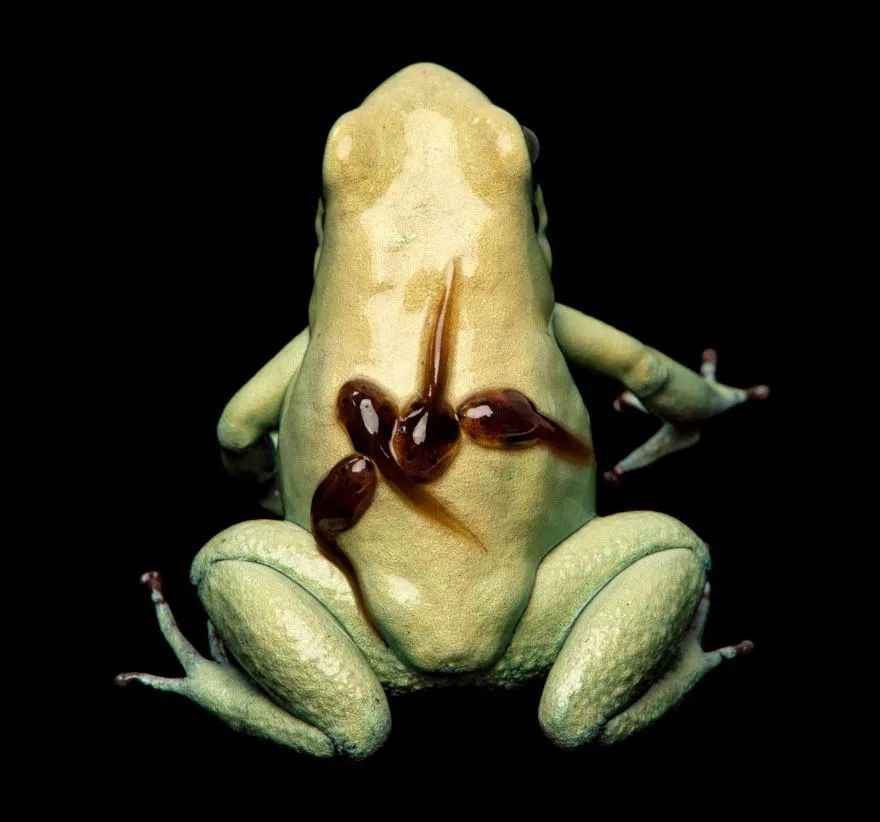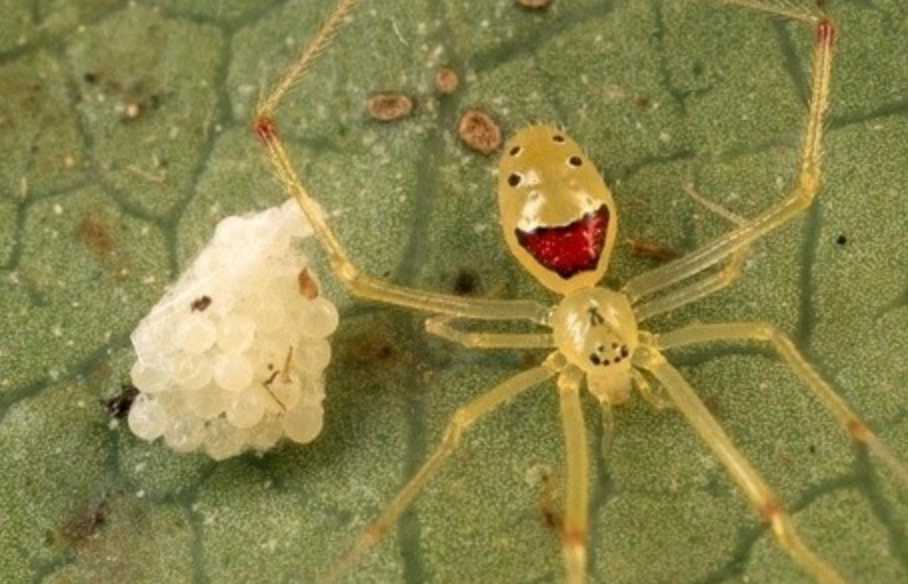The golden poison frog’s skin glands secrete batrachotoxin, a neurotoxin so potent that just 0.2 milligrams can kill a human. A single adult frog harbors enough toxin to easily slay 10 grown men. The poison disrupts ion channels in nerve cells, causing uncontrollable muscle contractions, respiratory failure, and cardiac arrest—with no known antidote. Intriguingly, the toxin is not produced by the frog itself but accumulated through its diet of toxic insects like beetles; captive-bred individuals on controlled diets are harmless.
Despite its "invincible" defense, the golden poison frog faces endangerment. Classified as endangered by the IUCN, its wild population has plummeted over 50% in the past three decades. Primary threats include habitat destruction: deforestation for agriculture and mining has fragmented its rainforest home. Additionally, illegal pet trade-driven poaching, fueled by demand for its striking appearance, exacerbates the crisis.
In the wild, adult golden poison frogs have few natural predators, though tadpoles fall prey to ants and spiders. They inhabit leaf litter, with females laying 5-10 eggs per clutch, guarded by males until hatching. Colombia has established protected areas and partnered with researchers on captive breeding programs to safeguard this "deadly treasure."
This creature, embodying extreme beauty and lethal danger, serves as a barometer for the health of rainforest ecosystems. Protecting the golden poison frog means preserving one of Earth’s most unique and fragile links in biodiversity.










